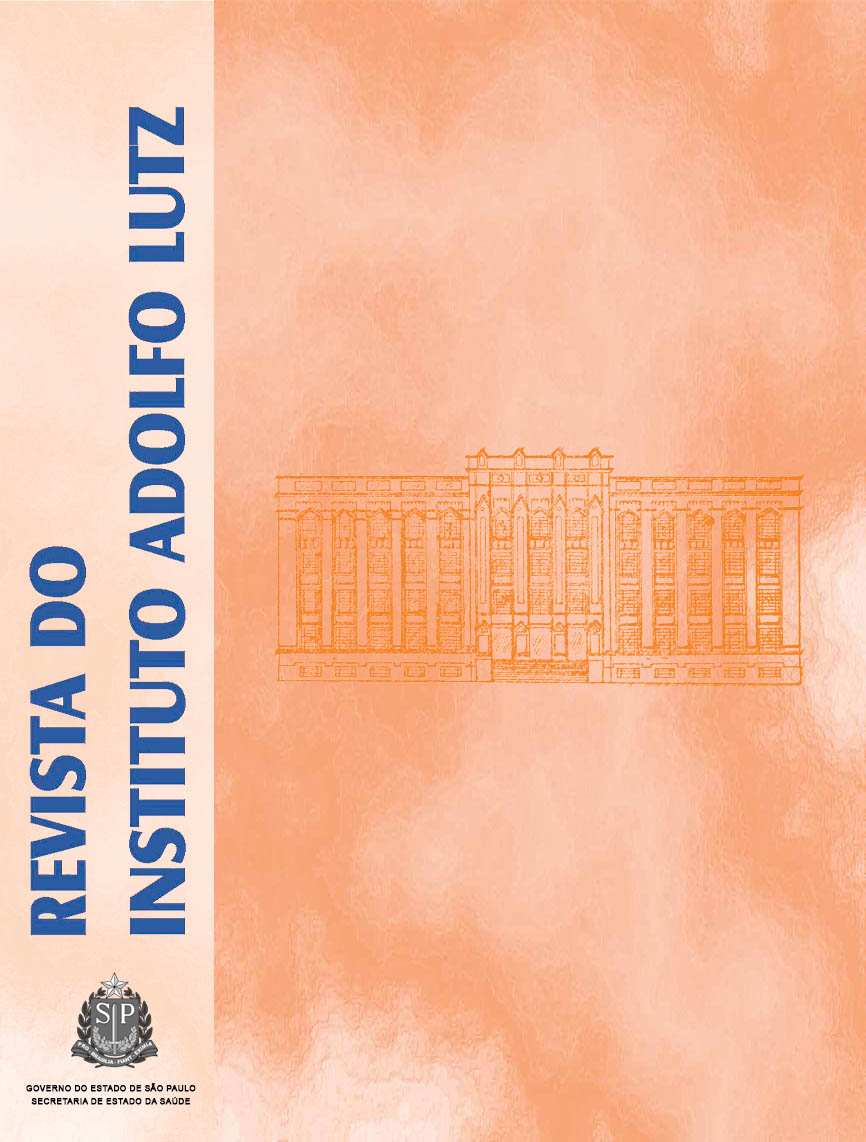Abstract
Faveleira grows throughout the caatinga biosphere in the Brazilian Northeast region. Its nuts contain potential nourishing oils and proteins. The proteins in nuts from faveleira with (FWT) and without thorns (FWOT) were classified, and the proteins viscosity was analyzed at different conditions and concentrations; also its use as an alternative food ingredient was evaluated. The nuts from both varieties of faveleira showed na elevated protein concentration of 26.2 and 30.70%, respectively; after removing the fat matter, the proteins contents turned 57.5 and 63.0%, respectively. The protein classification according to its solubility was
performed in defatted nuts, and the globulin fraction exhibited meaningful concentrations (63.3 and 63.9%, respectively). The nut of both faveleira varieties showed 81.0 and 90.0% of soluble proteins, respectively. By electrophoresis, the nuts from FWT showed four protein sub-units with MW ranging from 20.2 to 40.8 kDa, and seven protein sub-units ranging from 21.1 to 60.5 kDa in nuts from FWOT. Protein solutions at 1, 3, 5 e 7% were analyzed on viscosity, and a positive dependence correlation between viscosity and protein concentration was observed. The proteins in nuts from FWT showed higher viscosity than those from FWOT...
References
1. El Nasri NA, El Tinay AH. Functional properties of fenugreek (Trigonella foenum graecum) protein concentrate. Food Chemistry. 2007;103:582–9.
2. Osborne TB. The vegetable proteins, 2nd ed. London: Longsman-Green; 1924.
3. Bartolomé B, Mendez JD, Armentia A, Vallverd A, Palacios R. Allergens from Brazil nut: immunochemical characterization. Allergol Immunopathol. 1997;25:135-44.
4. Higgins TSV. Synthesis and regulation of major protein in seeds. Ann Review Plant Physiology. 1994;35:191-21.
5. Shewry PR, Tatham AS. The prolamin storage proteins of cereal seeds: structure and evolution. J Bioch. 1990;267:1-12.
6. Duque JG. O Nordeste e as lavouras xerófilas. 3a ed., Mossoró- RN: ESAM – Fundação Guimarães Duque, Vol. CXLIII; 1980.
7. Braga R. Plantas do Nordeste, especialmente do Ceará. 2ª Ed. Imprensa Oficial do Ceará. v. VIII; 1960.
8. Moreira JAN, Silva FP, Costa JTA, Kokay L. Ocorrência de faveleira sem espinho no Estado do Ceará, Brasil. Ciência Agronômica, Fortaleza-CE. 1974;4:51-5.
9. Arriel EF, Bakke AO, Silva APB. Estimativa da herdabilidade em jurema-preta (Mimosa hostilis) para a característica acúleos. In:41º Congresso Nacional de Genética; Caxambu/MG. Rev Bras de Genética. 1995;18:129.
10. Lorenzi H. Arvores brasileiras: Manual de identificação e cultivo de plantas arbóreas nativas do Brasil. 2. ed. Nova Odessa: Editora Plantarum; 1998.
11. Morais EA. Proteínas da Semente de Favela (Cnidosculus phyllacanthus, Pax & K. Hoffm) [dissertação de mestrado]. Fortaleza (CE): Universidade Federal do Ceará; 1978.
12. FAO. Food and Agriculture Organization of the United Nations. FAO Estatistical Data base2006. Disponível em: www.fao.org/. Acesso em 12/02/2007.
13. AOAC. Association of Official Analytical Chemists. Official Methods of Analysis. Washington; 2000.
14. Gornall AG, Bordawill CS, David MM. The determination of protein by the biuret reaction. J Biology Chem. 1949;177:751-80.
15. McWatters KH, Holmes MR. Influence of moist heat on solubility and emulsification properties of soy and peanut flours. J Food Sci. 1979;44:774-6.
16. Laemmli UK. Cleavage of structural proteins during the assembly of the head of the bacteriophage t4. Nature. 1970;227:689-95.
17. Dua S, Mahajan A, Mahajan A. Improvement of functional properties of rapeseed (Brassica campestris Var. Toria) preparations by chemical modification. J Agric Food Chem. 1996;44:706-10.
18. SPSS. Inc. 11.0 for Windows [Computer program]; LEAD Technologies SPSS Inc.; Chicago, EUA, 2001.
19. Moura Fé JA, Holanda LFF, Martins CB, Maia GA. Estudos tecnológicos da faveleira (Cnidoscolus phyllacanthus (Mart) Pax et Hoffm). Ciência Agronômica, Fortaleza–CE. 1977;7:33-7.
20. Lourenço KDS. Estudo comparativo parcial das características lipídica, e protéicas, determinação de fatores antinutricionais em sementes de duas cultivares de canola (Brassica napus, L). 2004. [dissertação de mestrado]. João Pessoa (PB): Universidade Federal da Paraíba; 2004.
21. Ramos CMP, Bora PS. Functional characterization of acetylated brazil nut (bertholletia excelsa hbk) kernel globulin. Ciênc Tecnol Alim. 2004;24:134-8.
22. Sze-Tao KWC, Sathe SK. Functional properties and in vitro digestibility of almond (Prunus dulcis L.) protein isolate. Food Chem. 2000;69:153.

This work is licensed under a Creative Commons Attribution 4.0 International License.
Copyright (c) 2010 Instituto Adolfo Lutz Journal
